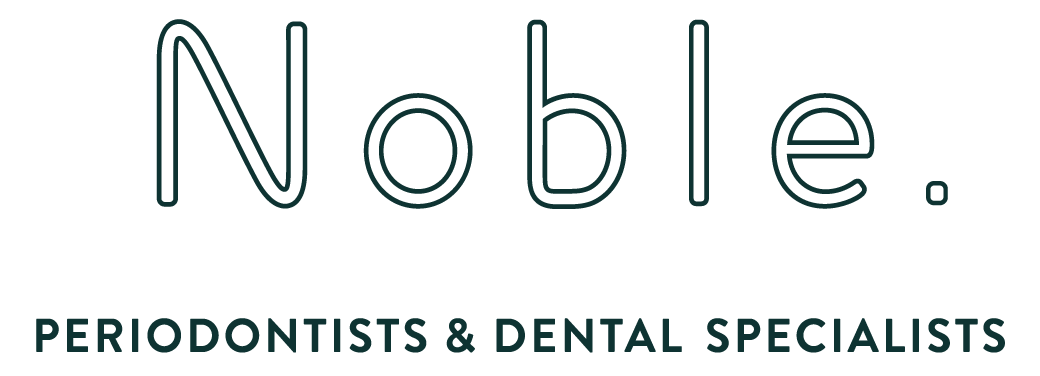Long-term success rates of same-day dental implants
What are the long-term success rates for same-day dental implants over 10-15 years?
Studies show immediate load implants achieve 90-95% survival at 10 years when proper patient selection is followed, comparable to traditional implants. Auckland specialists report similar success rates, with some same-day implants from the early 2000s still functioning perfectly today.
Ten-year data shows excellent survival rates. Well-designed studies report 90-95% survival for immediate load implants at 10 years. This compares favorably to traditional implants achieving 96-98% survival. The slight difference reflects stricter patient selection for immediate load procedures.
Fifteen-year studies are emerging with encouraging results. Early adopters of immediate load techniques now have 15+ year follow-up data. Success rates remain stable around 88-92% at 15 years. Most failures occur within the first 2 years rather than later.
Patient selection drives success rates. Ideal candidates with excellent bone density and proper oral hygiene achieve success rates matching traditional implants. Poor candidates experience higher failure rates, emphasizing the importance of proper selection criteria.
Failure patterns differ from traditional implants. Immediate load failures typically occur within 3-6 months if osseointegration fails. Late failures are less common than with traditional implants, possibly due to better initial patient selection.
Complication rates remain low long-term. Peri-implantitis affects 5-10% of immediate load implants over 10 years, similar to traditional implants. Early detection and treatment prevent most implant loss from this condition.
Crown longevity mirrors traditional implants. Immediate load crowns last 15-20 years on average before replacement. The loading protocol doesn't significantly affect crown lifespan. Proper bite adjustment and materials selection matter more.
Bone level stability indicates healthy implants. Successful immediate load implants maintain stable bone levels after initial remodeling. Continued bone loss suggests peri-implantitis requiring intervention. Regular monitoring prevents serious complications.
Technology improvements enhance outcomes. Modern surface treatments, digital planning, and guided surgery improve immediate load success rates. Auckland practices using advanced techniques achieve better results than historical data suggests.
Experience matters for consistent success. Surgeons with extensive immediate load experience achieve better long-term results. Choose Auckland practitioners who specialize in immediate load techniques and have verifiable track records.
Related Questions:
Do same-day implants last as long as traditional implants? Yes, when properly selected and maintained, immediate load implants achieve similar 20+ year lifespans.
What's the most common cause of implant failure? Poor osseointegration within the first 6 months, often related to inadequate bone quality or smoking.
Can failed implants be replaced? Yes, most failed immediate load implants can be replaced using traditional delayed loading techniques after proper healing.
